Techno- Report #35 - Organs created with the first 3D Bioprinter
In some previous publications showed how was the fabulous world of 3D metal printers, I did not make one related to 3D printers in plastic because I seem to worn the subject, but with this subject if I have been surprised, I can imagine printers of all kinds but never imagine a printer capable of printing a human organ, the future is definitely now, so today I introduce you to the 3D Bioprinter that is capable of making human tissue perfectly.
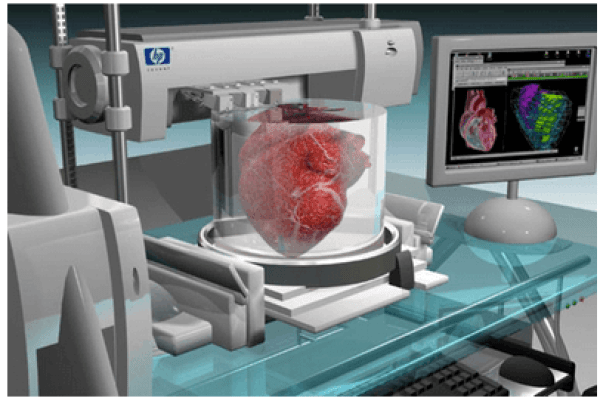
Since the appearance of 3D printers the world has changed, it is not surprising that in a future experiences such as the manufacture of a metal bridge will lead to the construction of buildings, even a firearm I saw in a video that was made with a 3D printer and in the end made tests with shots, but from there to be used at the level of printing human tissue I think that the technological advance is really in this field.
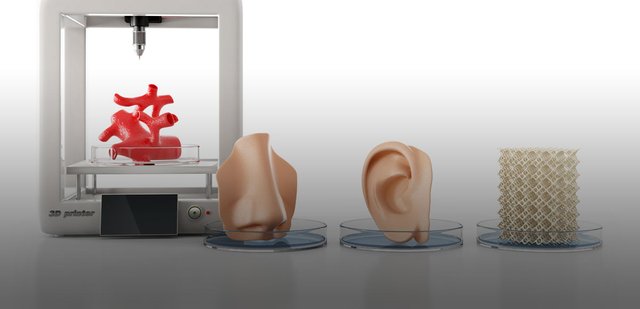
The first advances in the medical field were the manufacture of functional prostheses and custom-made bones. In fact, I don't think it's very crazy to have a printer with such capabilities, in the end, the tissues have the ability to conform to our bones.
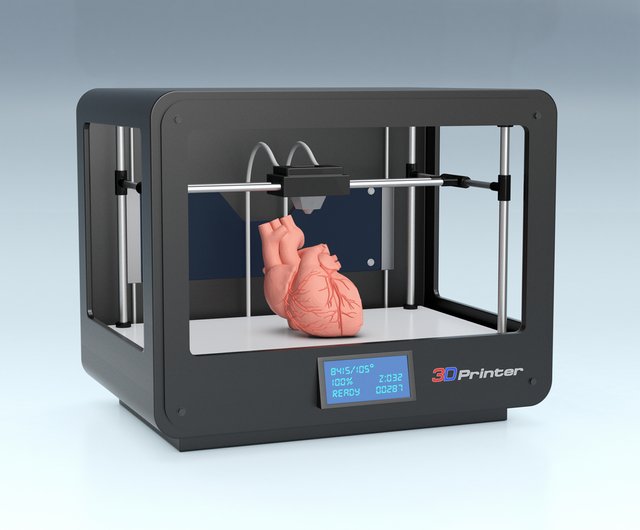
This is the first time that scientists have succeeded in creating 3D structures with living cells that are totally resistant and large enough to replace human tissues. The initiative was developed by the Wake Forest Institute of Regenerative Medicine, who got down to work and built a bioprinter with Swiss precision to make human tissues in the field of replacements and the best news is that they have already been used in transplant surgeries.
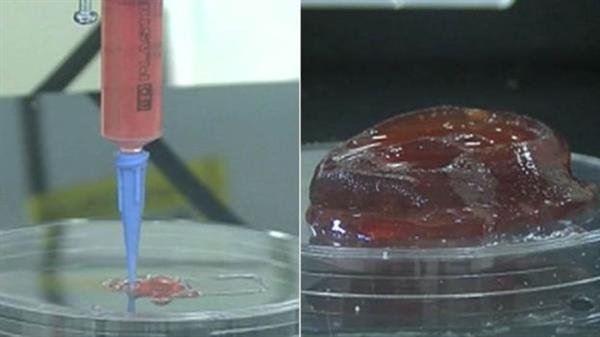
Some parts that have been successfully printed by 3D printers are muscle tissue, cartilage, jaw bone, and a human ear that if you look at it you won't find any difference.
In theory, there is not much difference between a 3D printer and a 3D bioprinter, the principle is to add layer by layer adding in this case human tissue, and of course here is the secret that they have not revealed how they have managed to create those cultures to form new tissue. In conventional 3D printers, it is enough to add plastics, metal, resins.

But as every invention was not overnight that have achieved this historic feat, it has taken about 10 years for the medical team to achieve one of the machines that promise a very significant advance in the biomedical field.

For the tissues to be 100% compatible with the patients they have to take samples from the patient's own living cells, with these samples they can generate, depending on the patient's needs, varied tissues such as bones and cartilage, they are still a little far from being able to print a complete organ such as the heart or a lung, although this will undoubtedly be a long road that they will have to travel to reach these advances.
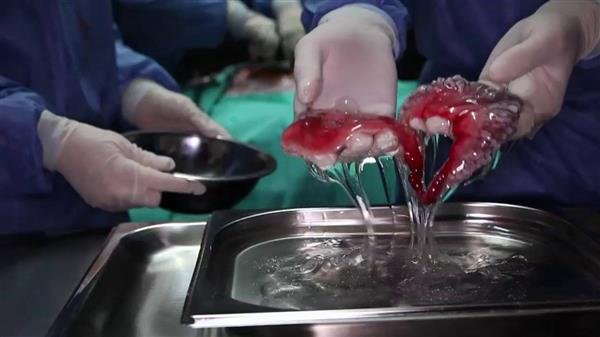
At the moment they are carrying out more experiments with laboratory mice to be totally sure that it does not represent any risk for human life. They are thinking of working with stem cells to advance even further in the development of new prototypes.
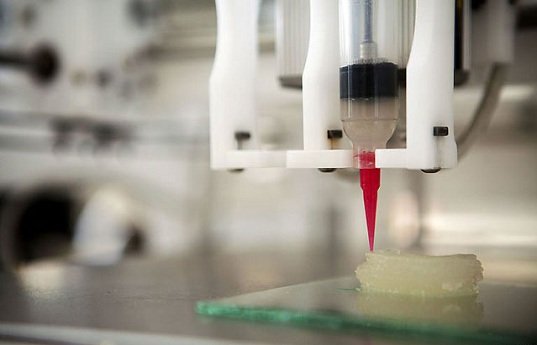
This is really hopeful for people who suffer from the spine or who have points, the infinity of applications to human life seems to be infinite, and I am reminded of a film that I recently saw again as ghost in the Shell that is based on a company in the future that is able to replace the human body with robotic parts only using the brain, from this point of view we would be eternal.
Thank you for reading
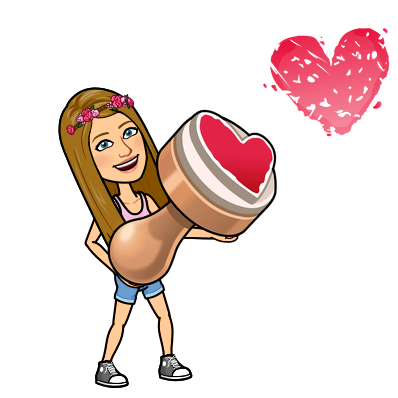

If you liked reading this article, feel free to FOLLOW ME, UPVOTE and RESTEEM! It's always appreciated =D. Thank you all for your support and see you soon for the news flamingirl's adventures!


I already know what I will grow ;)
XD
Wow, fascinating. I just know these organoids made of stem cells.
Thanks for sharing
Regards
Chapper